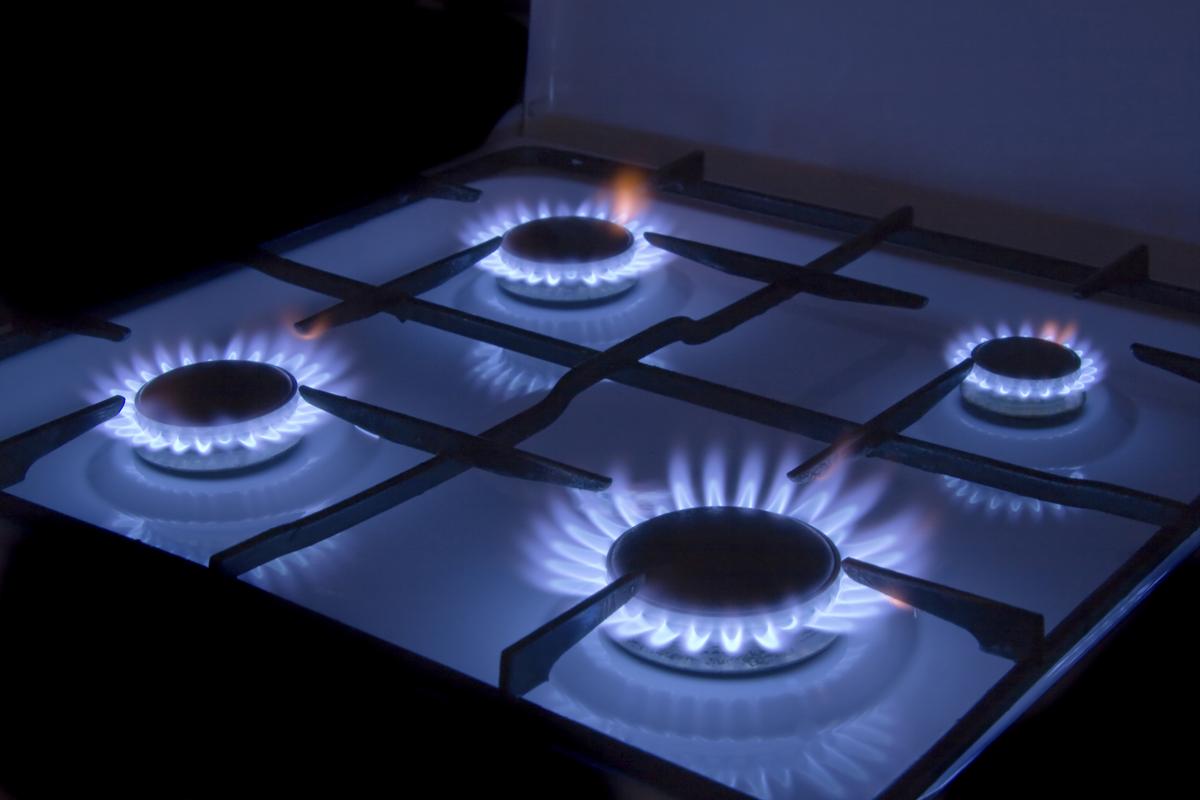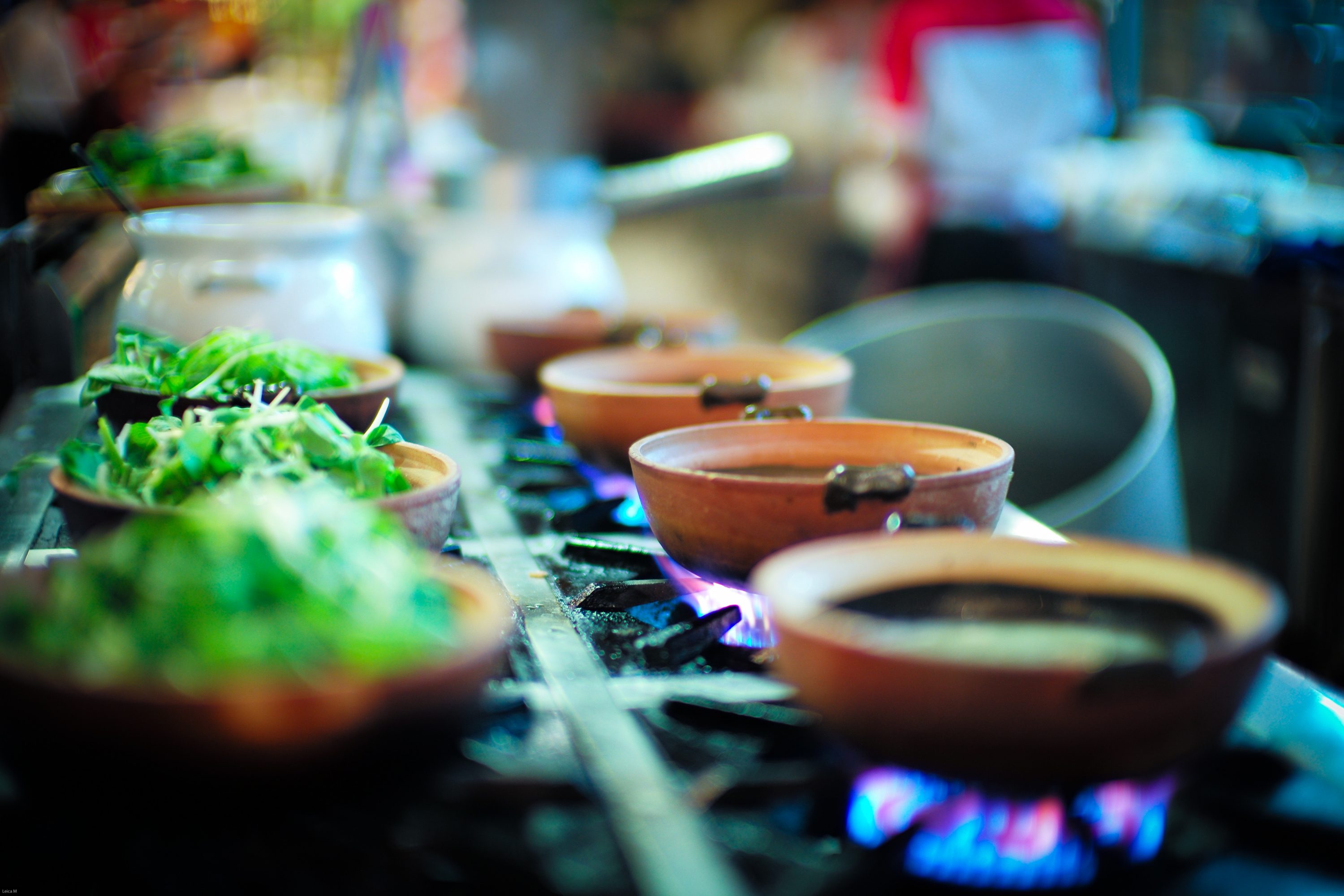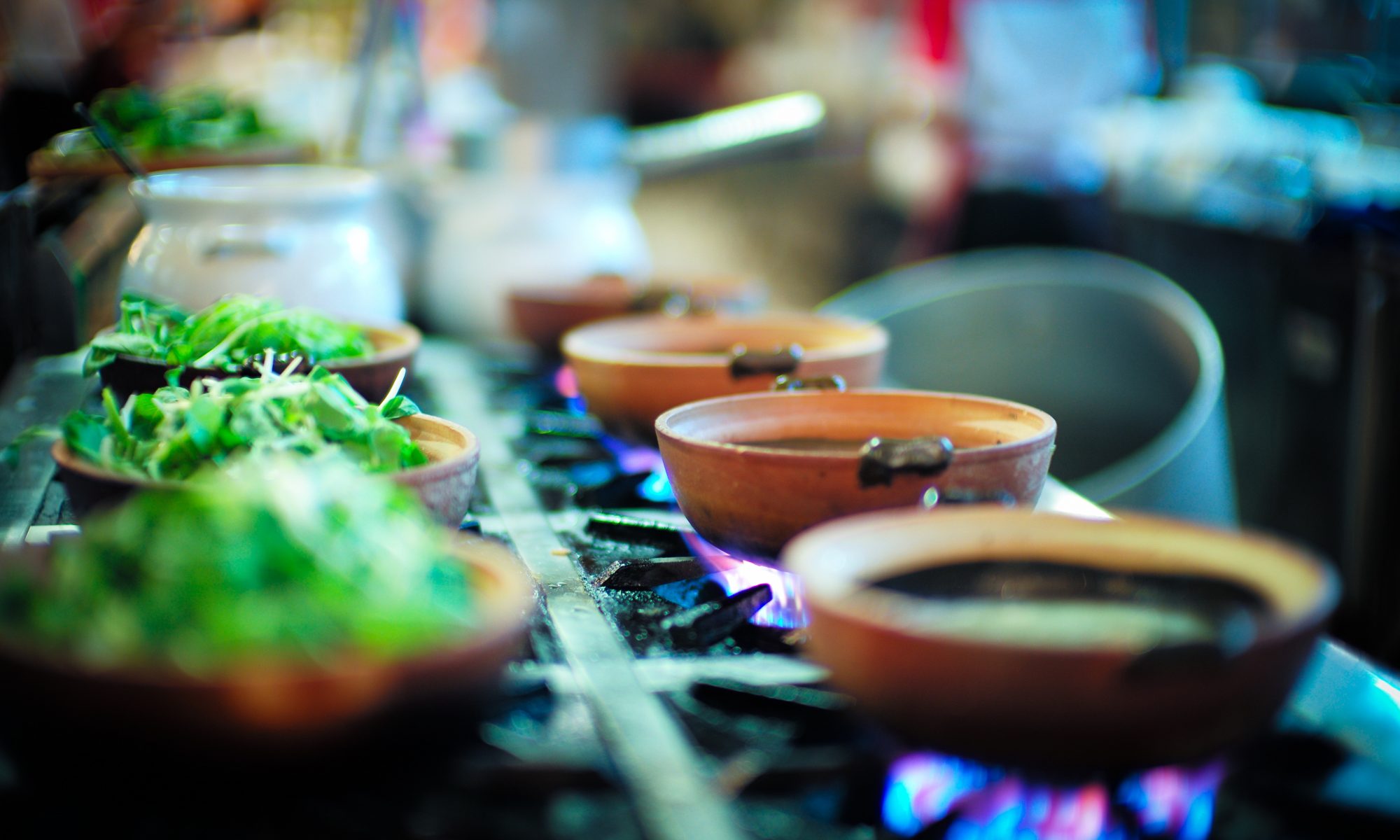What is LPGas and why should we convert?

Liquefied petroleum gas or liquid petroleum gas (LPG or LP gas), also referred to as simply propane or butane, are flammable mixtures of hydrocarbon gases used as fuel in heating appliances, cooking equipment, and vehicles.
LPG is prepared by refining petroleum or “wet” natural gas, and is almost entirely derived from fossil fuel sources, being manufactured during the refining of petroleum (crude oil), or extracted from petroleum or natural gas streams as they emerge from the ground.
Why should we use #LPGas and convert our home appliances?
Besides the growing increase in Eskom’s load-shedding schedule and the need to be sustainable – to be able to cook, boil water, clean and steralize dishes and keep warm in winter months without power for hours at a time – Liquefied Petroleum Gas (LPG) is a portable, clean and efficient energy source which is readily available to consumers around the world. LPGas is a clean energy solution, which emits 50% less CO2 emissions than coal and 20% less than heating oil, making it ideal for use in heating and cooking.
It is increasingly used as an aerosol propellant[1] and a refrigerant,[2] replacing chlorofluorocarbons in an effort to reduce damage to the ozone layer.

There are numerous advantages to using LPG:
- Gives you an instant cooking flame.
- Is easy and instantaneous to light.
- Is easy to control. The blue flame is visible and its size is easily controlled over a wide range so that the required rate of heating can be obtained.
- When burning correctly it is non-poisonous and safe to use.
- Burns cleanly and does not produce any soot, smoke or smell during combustion, therefore leaving your kitchen clean.
- Is pure, and very consistent in quality.
- Adds to your comfort because cooking is quick and the kitchen does not get heated as with other fuels like wood or charcoal.
- Is compatible with many different appliances and easy to maintain. Is used in many different sectors, i.e. domestic, commercial, industrial, and agricultural.


